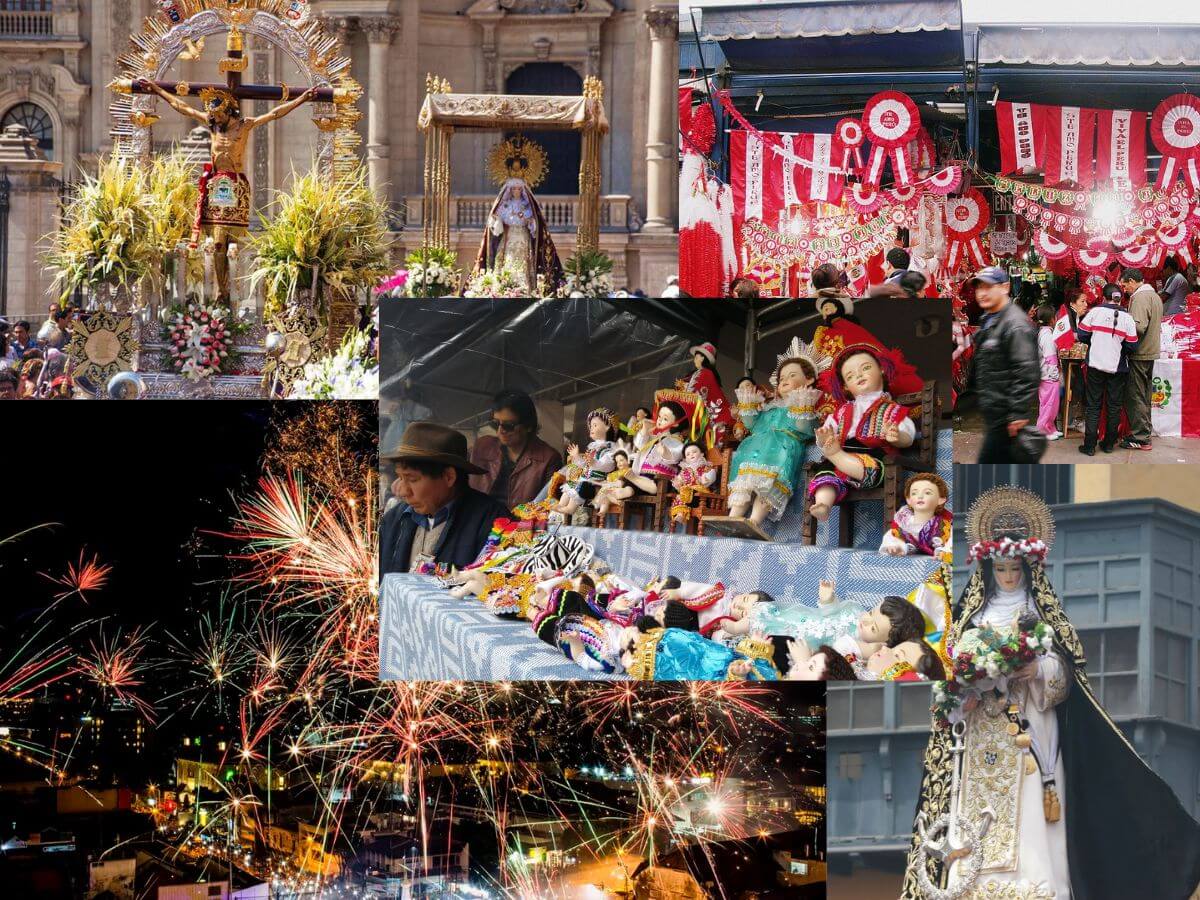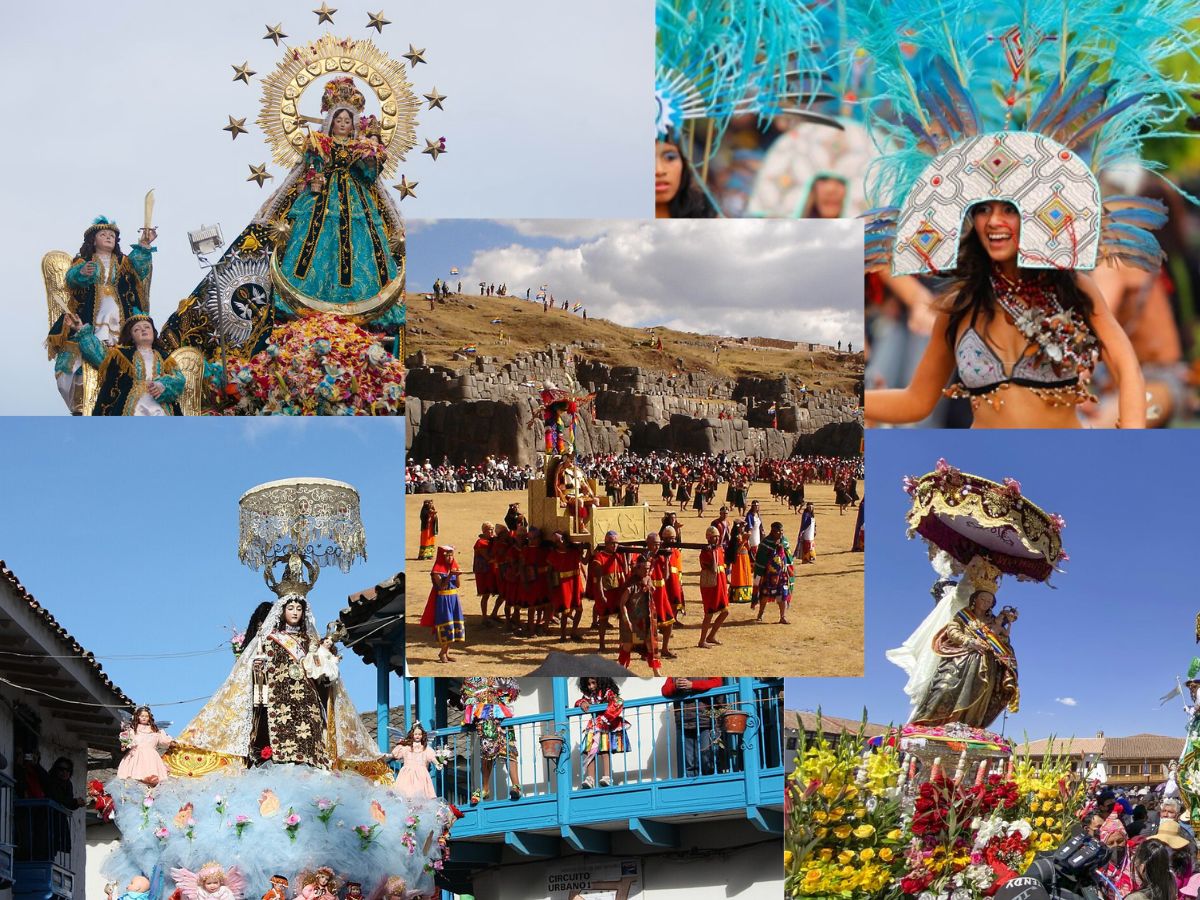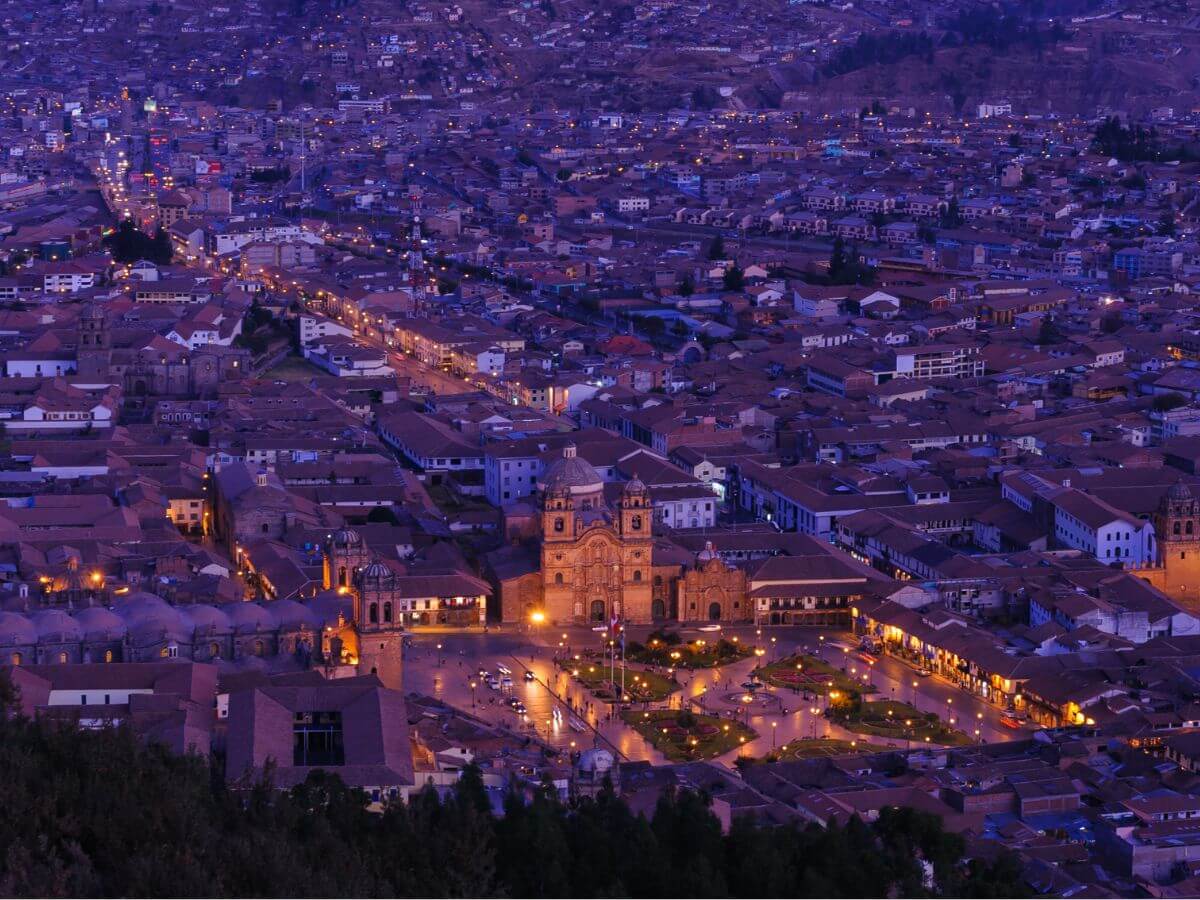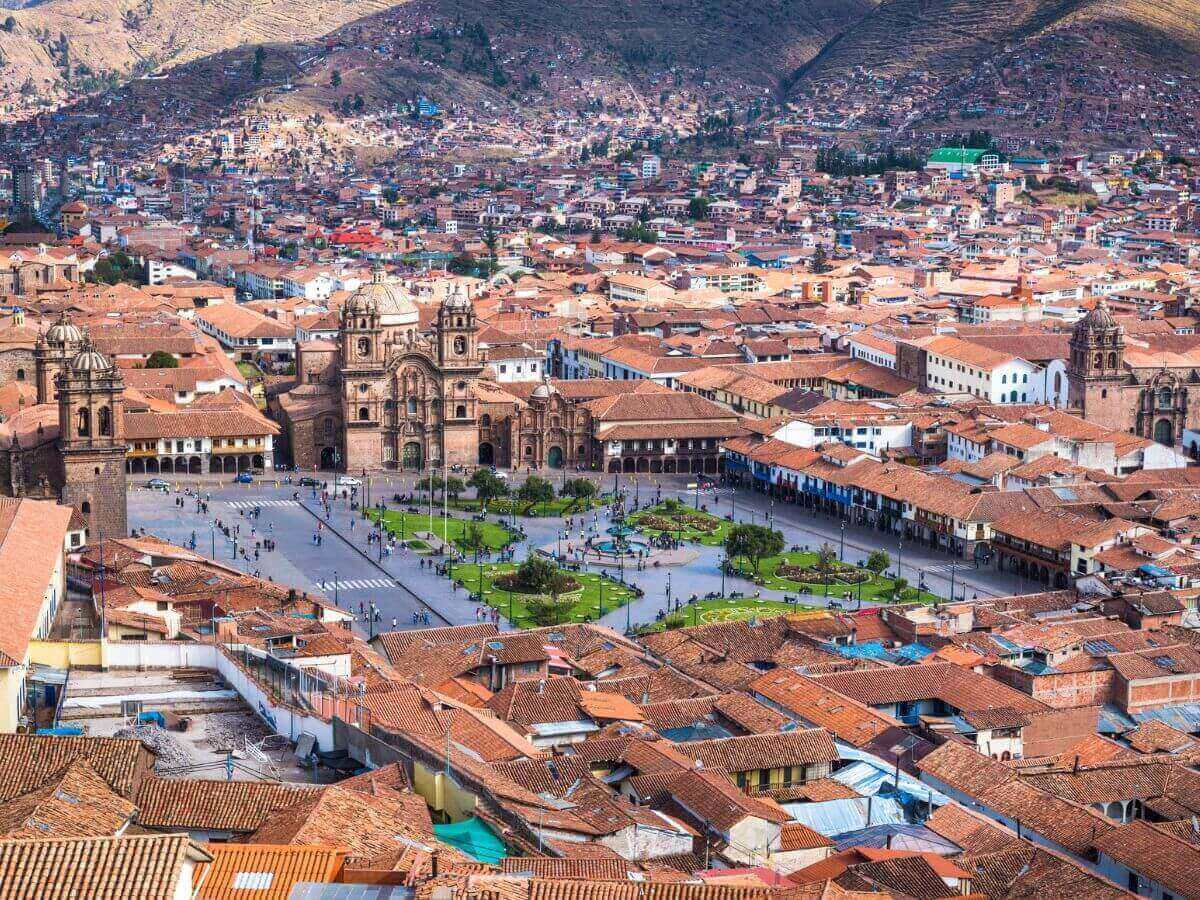The Incas of Vilcabamba

Who are the Incas of Vilcabamba?
The Incas of Vilcabamba were the men who offered resistance to the Spanish siege in Vilcabamba, an old city considered today as the last refuge of the empire of the Incas.
In a period of forty years, Manco Inca took refuge in Vilcabamba and enjoyed a religious, but not political, prestige.
The Incas of Vilcabamba were represented for Manco Inca, son of Huayna Cápac, his successors Sayri Túpac, Titu Cusi Yupanqui, and the last Inca Túpac Amaru I.

The Andean Resistance
The Andean Resistance forms part of the history of the Incas in ancient Peru. Was also known as the Indigena Resistance and was the Inca Elite of Cusco in front of the Spanish invasion.

Vilcabamba Archaeological Site
What was the objective of the Andean Resistance?
According to history, the Inca Resistance had the principal objectives of regaining political power and restoring the Inca Empire, defeating the Spanish invaders, and punishing the indigenous ethnic groups allied with the Spanish invaders.
Where is Vilcabamba?
The actual ruins of Vilcabamba are located 80 kilometers from the Inca citadel of Machu Picchu, in the city of Cusco. In a place almost inaccessible since Manco Inca was the leader of an insurgent movement against Spaniards. The Spaniards didn’t have access to this place until 1572 when Vilcabamba was already burned and abandoned due to the imminence of the attack.
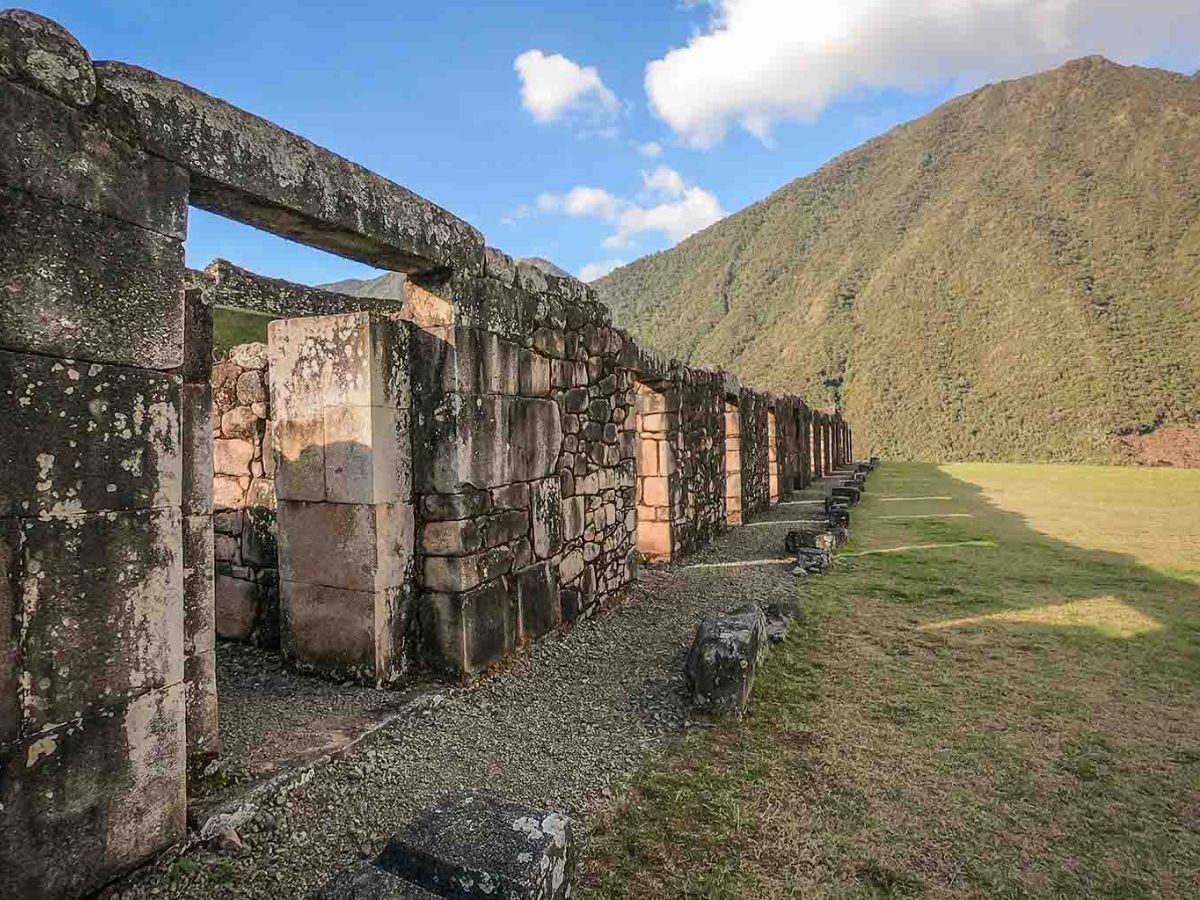
Vilcabamba and his Incas
In ancient times, in 1572, when Viceroy Toledo ordered his army to invade the Inca territory of Vilcabamba, no Spaniard knew the place, Hatun Vilcabamba.
Four decades had passed since Pizarro first set foot in Tumbes and began the conquest of the Inca Empire. The conquest of the huge Inca Empire for a group by a very small group of invaders the fact that Pizarro took advantage of the civil war and the deep divisions that had fragmented the Tahuantinsuyo had made this possible.
After Atahualpa’s capture in the city of Cajamarca, Pizarro studied during months the situation and the forces of each one of the opposing sides. Finally decided to alliance with the enemies of the Inca prisoner and executed him on July 26 of 1533, in breach of the formal promise he had made to respect his life and release him if he managed to collect the large ransom agreed upon.
Manco Inca
Manco Inca was the son of Huayna Cápac and was denominated for the Spaniards like Inca in the city of Cusco. Help Francisco Pizarro to combat Apo Quísquiz, who was the general of Atahualpa.
Manco Inca openly to the Spaniards for their demands of silver and gold. Manco Inca realizes the great abuses of the Spaniards against the indigenous people and the lack of freedom and decides to lead the anti hispanic resistance or indigenous resistance.

Manco Inca sets fire to a Christian temple. Image reproduced in Digital Research Center of the Royal Library, Copenhagen, Denmark.
Sayri Tupac
After the death of Manco Inca, Syri Tupac, son of Manco Inca and Culchima Cype, took the tassel and led the Andean resistance, assuming the reign when she was only 5 years old. Was declared a legitimate heir when Manco Inca died and took his older sister Cusi Huarcay as his main wife.
In the years 1550 and 1556, the Viceroy Andrés Hurtado de Mendoza tried to get the Incas to abandon their refuge, but they didn’t make it after two 2 years when Sayri Túpac left Vilcabamba as a result of a profitable pact with the Spaniards by which they granted him a land parcel in the rich Yucay valley.

Portrait of Sayritupac
Titu Cusi Yupanqui
Titu or Tito Cusi Yupanqui was the son of the Manco Inca and one of the most remarkable Incas in the rebel dynasty of Vilcabamba.
Was considered one of the best warriors for excellence and leader of the Inca resistance of Vilcabamba in the years 1558 and 1570, restarted the military fight against the Spaniards, but failed in the attempt, due to the state of divisionism within the Indian masses.
Cusi Yupanqui died in the year 1570. The negotiation that got the functionary with the Inca Titu Cusi is known as the Capitulation of Acobamba.
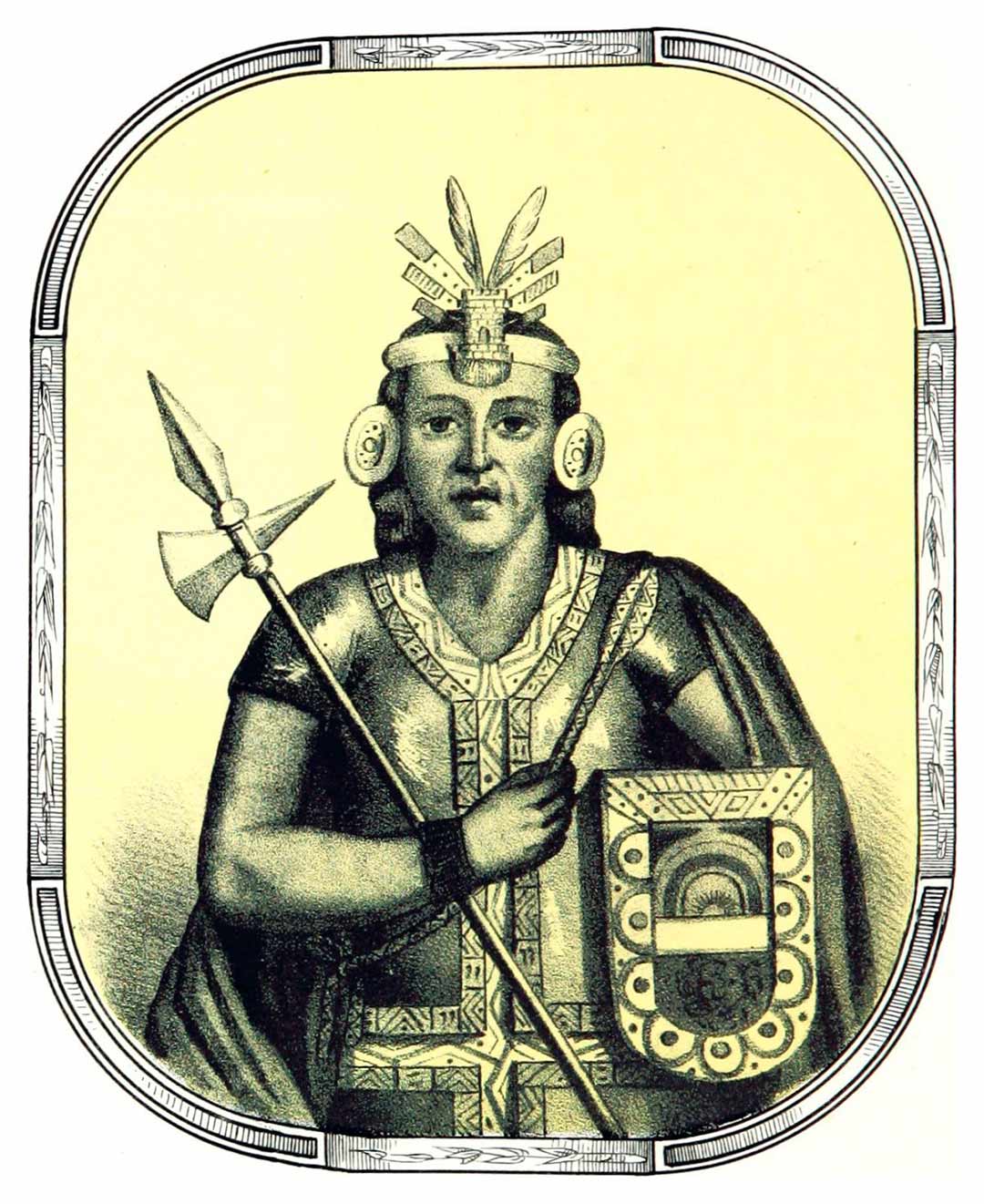
Portrait of Titu Cusi Yupanqui
Tupac Amaru I
Tupac Amaru I was the son of Manco Inca and lider the Inca Resistance of Vilcabamba in the years 1571 and 1572. His name significance “snake of fire”.

Viceroyalty painting of Tupac Amaru I
Death of Tupac Amaru
When Viceroy Francisco de Toledo assumed the viceroyalty, one of his first actions was to end Andean resistance. Tupac Amaru closed the borders of Vilcabamba and destroyed the bridge of Chuquichaca preparing his small army in case the garrison was attacked.
The Viceroy send a diplomatic negotiator after the death of Titu Cusi Yupanqui. Atiliano of Anaya, who was a spy died in the hands of the rebel indigenous. In front of the answer the Viceroy Toledo declared war on the Inca of Vilcabamba in the year 1572 to Tupac Amaru was captured.
One time captured, it opened a juice to Amaru for the death of priests and was sentenced to death along with 5 other members of the Quechua resistance.

Execution of Tupac Amaru
On June 22, 1572 Tupac Amaru was beheaded amidst the clamor of almost the entire population of Cusco. The Indians and members of the Cusco elite wept before the body of the dead Inca, plucking eyebrows and eyelashes following the Andean custom and after his death, he put an end to the Andean resistance of Vilcabamba.
Explore many more tourist destinations and facts about Peru in our travel blog and plan your next trip with us!










